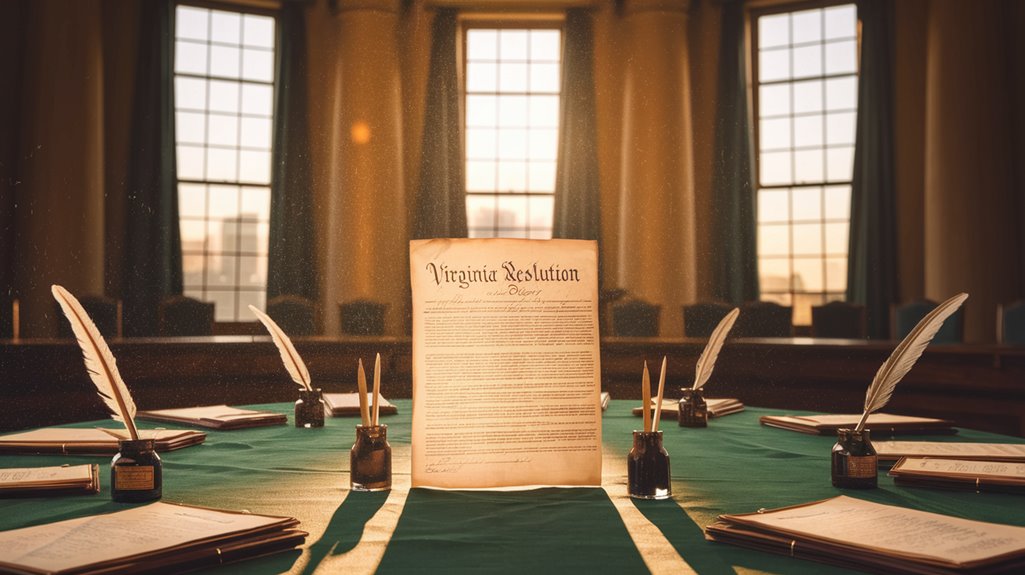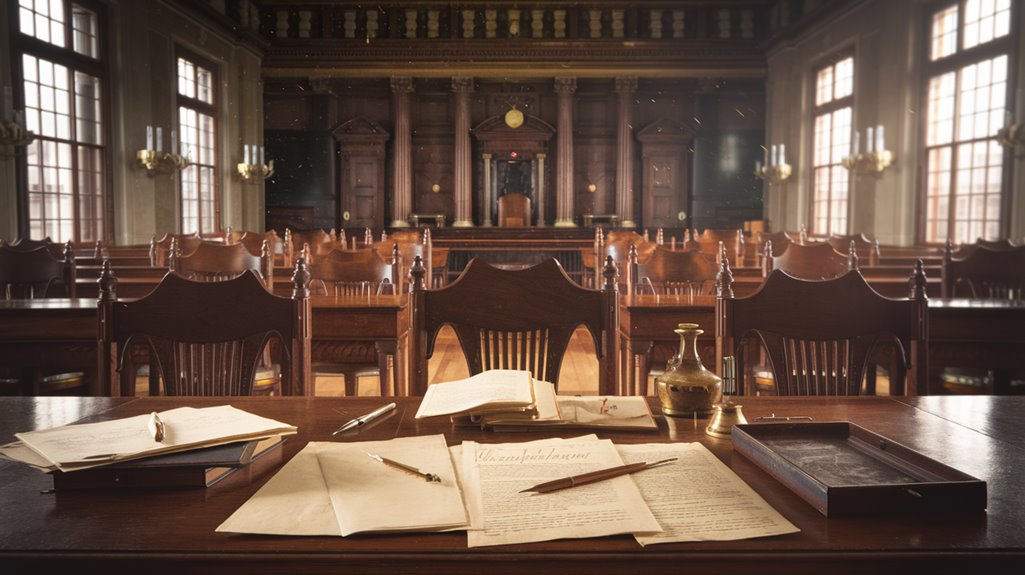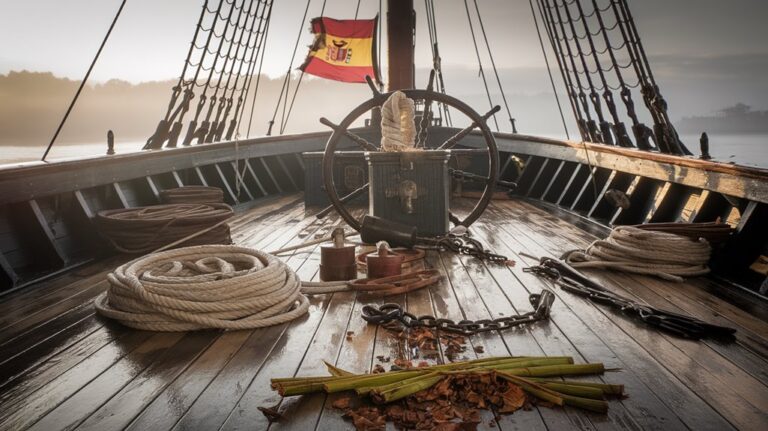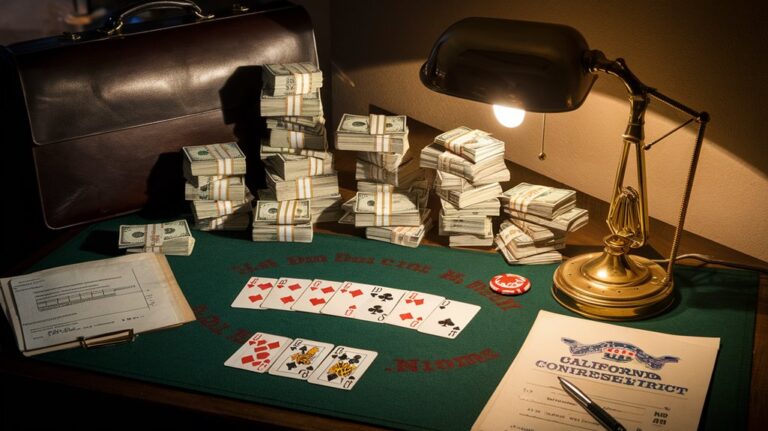Independence Declared July 2nd: The Hidden Truth
You might think you know the exact moment America became independent, but history tells a different story. When you celebrate on July 4th, you're actually commemorating a formal announcement rather than the true declaration of independence. The real break from Great Britain came two days earlier, on July 2nd, 1776, when the Continental Congress cast their fateful vote. What led these colonial leaders to choose one date over another, and why has this vital detail faded from our national memory?
The Forgotten Date That Changed America Forever
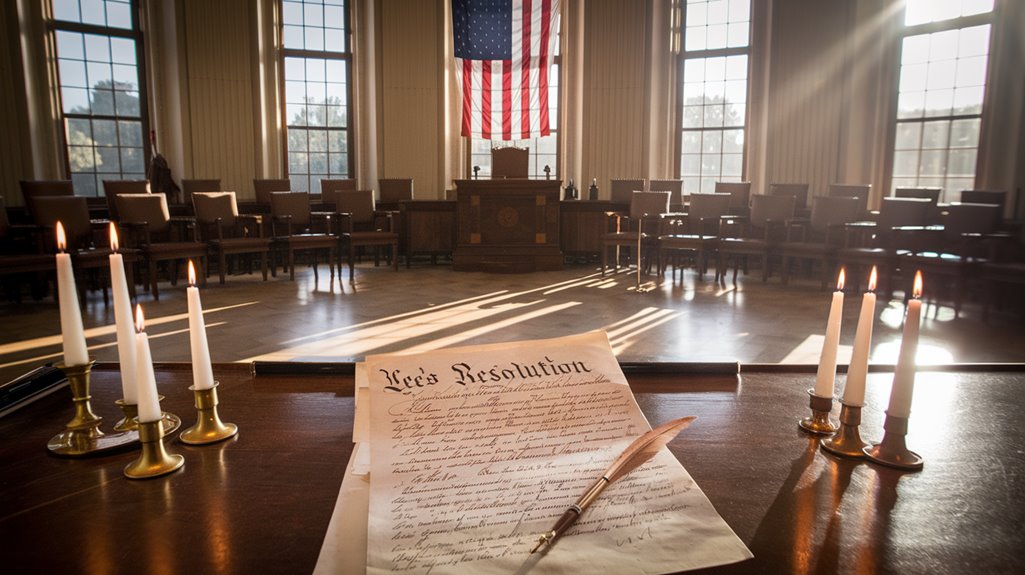
While most Americans celebrate Independence Day on July 4th, the true date of America's break from Great Britain occurred on July 2, 1776. On this forgotten history milestone, the Continental Congress unanimously approved the Lee Resolution, formally declaring the colonies' separation from British rule.
You might wonder why July 4th became the celebrated date instead. The answer lies in the timing of events. While the independence vote on July 2nd marked the official decision to break away, the Continental Congress adopted the formal Declaration of Independence two days later.
This document, drafted by Jefferson and his committee, would become the philosophical foundation of American independence. It took two days of editing before Congress could agree on the final version. Yet historical records clearly show that July 2nd stands as the pivotal moment when America truly chose to become an independent nation.
Why July 2nd Matters More Than July 4th
Although most Americans celebrate independence on July 4th, the true birth of our nation occurred on July 2nd, 1776, when the Continental Congress took the decisive vote to break from Great Britain.
The July significance of the second can't be overstated – it's when 12 colonies approved Richard Henry Lee's resolution for independence, with New York later joining on July 9th.
Historical misconceptions about our independence stem from confusing the declaration's approval date with its formal adoption. Leading up to this moment, several colonies delayed voting while awaiting guidance from their home governments.
You might be surprised to learn that the document wasn't even signed on July 4th – that happened on August 2nd.
Even John Adams believed July 2nd would become America's day of celebration, writing to his wife Abigail about its future importance. Solemn acts of devotion and festivities were part of Adams' vision for commemorating the date.
While July 4th marks the Declaration's finalization, July 2nd marks the actual moment America chose independence.
John Adams' Prediction and Historical Reality
Adams' foresight about Independence celebrations was accurate in spirit but missed the mark on timing.
While he correctly anticipated how Americans would commemorate their freedom, it was July 4th that became the recognized date.
This shift occurred because the Declaration of Independence, which announced the colonies' break from Britain to the world, was formally adopted on July 4th, establishing the date we still celebrate today.
In his letter to Abigail Adams, he envisioned pomp and parade would mark the celebrations of American independence for generations to come.
The Complex Journey From Vote to Signatures
The path from declaring independence to signing the official document was far more intricate than many Americans realize. You might be surprised to learn that the voting process took place on July 2nd, with twelve colonies approving independence while New York abstained.
Between June 11-28, Jefferson had already prepared the declaration draft, which Congress then debated on July 1st and 2nd before approving it on July 4th.
John Dickinson opposed independence and left Congress immediately after the July 2nd vote.
The signing itself didn't happen immediately. While the Dunlap Broadside was printed and distributed on July 4th, most delegates didn't sign until August 2nd. Thomas Paine's Common Sense pamphlet had helped build crucial support for independence in the months leading up to these events.
Even then, seven more signatures were added later. The public didn't see the signers' names until 1777, when Mary Katherine Goddard published a new version revealing who'd pledged their lives to independence.
Setting the Historical Record Straight
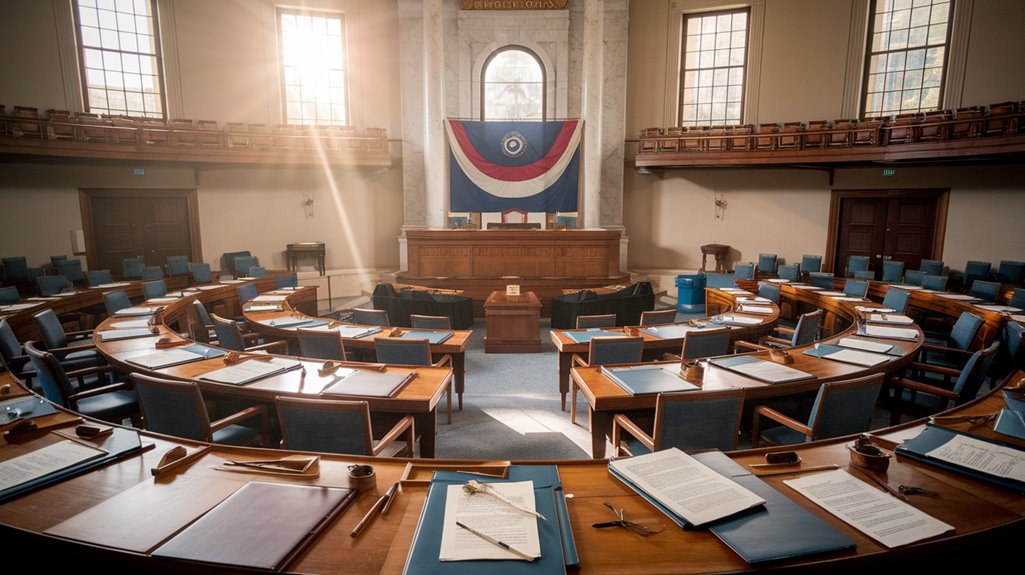
Why do Americans celebrate Independence Day on July 4th when Congress actually voted for independence on July 2nd? The answer lies in historical misconceptions about these significant dates.
While independence sentiments culminated in the Continental Congress's vote on July 2nd, the formal adoption of the Declaration of Independence occurred two days later.
You might be surprised to learn that John Adams believed July 2nd would become America's day of celebration. The confusion stems from the distinction between voting for independence and approving the document that explained why.
The July 4th date gained prominence because it marks when Congress officially adopted Jefferson's edited Declaration – the formal announcement to the world. This document, rather than the initial vote, became the enduring symbol of American independence. Even the New York delegation waited until July 15th to accept the Declaration, showing how the process of full colonial unity took time.

